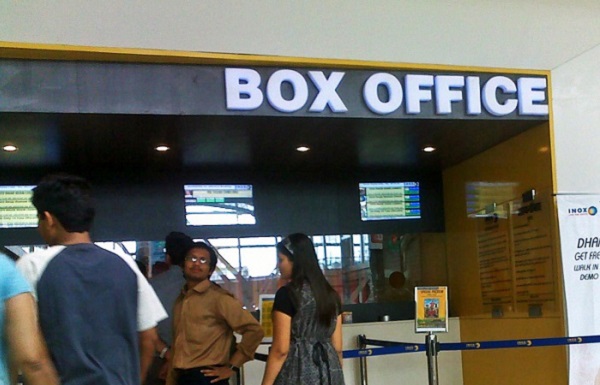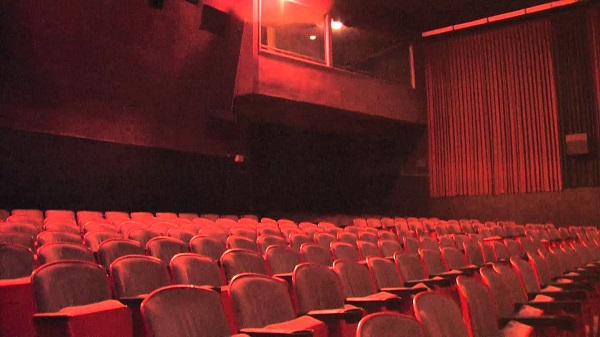
Success of a movie was initially gauged by the number of days it ran in theatres. Many films used to run for over 100 weeks in theatres and that earned them the title of a hit. As the years pass by, the shelf life of films has been decreasing. The barometer of success, off late, is how much money the film is making and not whether movie have appreciated it.
People talk about a film's entry into the 100 crore club, the 200 crore club and more recently the 300 crore club and not how well the film was made. The belief that films grossing over Rs 100 crore at the Box-Office are successful is a mere myth; we will break it down for you.

Let us first understand the basic terms used by trade people:
Suppose you go to watch Brothers at a multiplex in Mumbai and pay Rs 300 to buy a ticket. Using this example, let us understand the different trade terms.
Gross Collections:
Rs 300 which you paid to buy the ticket goes into gross collections. The ticket charges consist of admission fees (entry fees) and taxes (Entertainment Tax); both together are termed as gross collections.
Gross collections = Total ticket rate
Net Collections:
The Entertainment Tax rate in Mumbai is 45 per cent on the admission fees. As per the example, amount of tax paid by you will be Rs 93. Therefore, the net amount paid by you will be Rs 207 which will be pocketed by the exhibitor (theatre owner).
Net collections = Gross collections - taxes
PS: In the Southern film industry, gross collections is the same as net collections as the audiences are not charged with entertainment tax. Exemption from entertainment tax is one of the major reasons for the pan-India collections of Baahubali to touch the Rs 50 crore mark in one day, which no other Bollywood film has managed to achieve.

Distributor Share:
Who is a distributor? What is distributor share? In simple terms, it is not possible for a producer to give their film a big release on their own. A distributor is a person who acquires the film from a producer to release it in a particular territory after negotiating with the exhibitor. The exhibitor and distributors mutually decide on the film they will screen in the theatre.
In the multiplex era, the net collections are further divided into distributor share and exhibitor share. The distributor share reduces with every passing week. The distributor share from Week 1 in multiplex business is 52.5 per cent which reduces to 44.5 per cent in the second week, followed by 38 per cent in the third week and so on. If we take the average distributor share percentage in single screens and multiplexes, it comes out to around 50 per cent.
What about Single screens?
In single screens, distributors have to pay the rental to occupy the screen space for his film on weekly basis. After deducting the single screen rentals, the entire net collections belong to the distributor. Therefore, in case of single screens,
Exhibitor share = Single screen rental

Current Scenario:
Most of the times, producers get their money back by selling the film to the distributors at high rates. The distributors suffer most of the times as they fail to make the money invested by them to release the film even though we see producers throwing many success parties as the film is a success for them.
Kick did over Rs 230 crore at the Box-Office, earning a blockbuster status. However, in some territories the distributors just managed to break even since the film was sold at exorbitantly high rates.
The distributor share of Kick was around Rs 130 crore and the reason for it being more than 50 per cent of net collections is because the film did tremendously well in the single screens which resulted in higher distributor share.
Recently-released film Welcome Back is on its way to enter the 100 crore club, even though the film is a loss making venture for the distributors (Eros) who bought the film for a very high price.

Collection figures and verdicts which are given out by the producers are often window dressed but people in the trade know the real business and position of the film. Verdicts made by the trade is given on basis of the distributor share but barely anyone considers the trade verdict, and instead abide by what the producers say.








![BJP's Kapil Mishra recreates Shankar Mahadevan’s ‘Breathless’ song to highlight Delhi pollution [WATCH] BJP's Kapil Mishra recreates Shankar Mahadevan’s ‘Breathless’ song to highlight Delhi pollution [WATCH]](https://images.catchnews.com/upload/2022/11/03/kapil-mishra_240884_300x172.png)

![Anupam Kher shares pictures of his toned body on 67th birthday [MUST SEE] Anupam Kher shares pictures of his toned body on 67th birthday [MUST SEE]](https://images.catchnews.com/upload/2022/03/07/Anupam_kher_231145_300x172.jpg)






